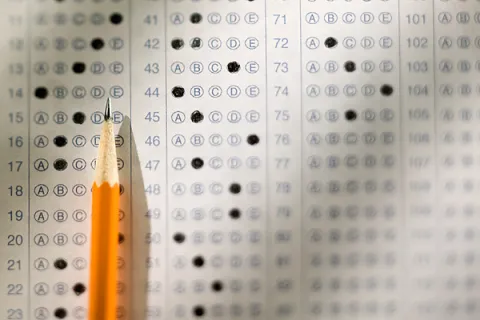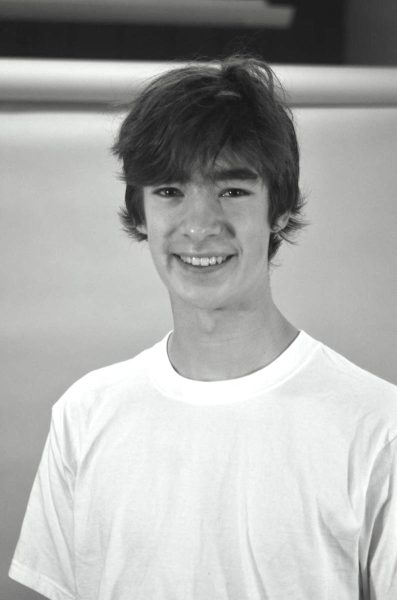Last month, Daniel Morland ’27 wrote an article about the issues that currently plague the CRLS math system. He is correct that the system is broken. However, his ideas are the same ones that inspired administrators to create the broken bureaucracy we have now. Morland is right in his attacks on the math system—namely, that it is unfair and inconsistent—but his conclusion misses the point. Instead of restricting course advancement and putting everyone on the same track (as he suggests), the district needs to loosen the restrictions on passing out. This would mean students can grow at their own pace, and take full advantage of the courses and teachers that CRLS has to offer.
The official policy of the CRLS Math Department is that “CRLS students cannot place-out of math courses via external programs, as [the department does] not offer acceleration of mathematics or any courses via external programs at CRLS.” Many argue that this policy is inherently fair. They believe that allowing students to be placed out of classes disproportionately accelerates students from high-income families. These are the families who can afford out-of-school tutoring, private school, and the time and effort it takes to lobby administrators for permission to place out. By restricting placing-out, many argue, we can create a level playing field where the system is fair to all students. In theory, this seems like a pretty equitable system. In practice, however, the math department rarely enforces this policy. Exception after exception is made for students who attended private schools, homeschooled students, and students whose parents provided extra help for them to advance.
In his article, Morland correctly points out all the flaws with the current system, yet his solution is simply a fully enforced version of the current policy. He calls this the “more pragmatic, fair, and equitable approach”; he points out that those who manage to place-out of math classes are often from high-income families and have been strongly encouraged by their parents to place out. Thus, he argues, high-achievers must be restricted to make things fair. Where Morland goes wrong, however, is assuming that other students can’t rise to this level. This is simply not the case.
The district should expand the middle school Algebra 1 program until all CRLS students are able to enroll in Algebra 2 during their freshman year. Rising freshmen should be educated on the math pathways system so that they have time to catch up to their private and home-schooled peers. Most importantly, all students should be able to place-out of math classes, with the only requirement being knowledge of the material. In this system, students would be given the tools and opportunity to succeed, as opposed to the current system, where motivated students are restricted at every turn.
By loosening the restrictions on placing-out, the district can make sure that all students are being pushed to try their best and to take advantage of the immense course catalog that CRLS has to offer. While equity should be a goal, it is a goal that should be reached by pushing all students to try their best and put in their all, not by restricting motivated learners. Only then will the system be truly fair.
This article also appears in our November 2024 print edition.















